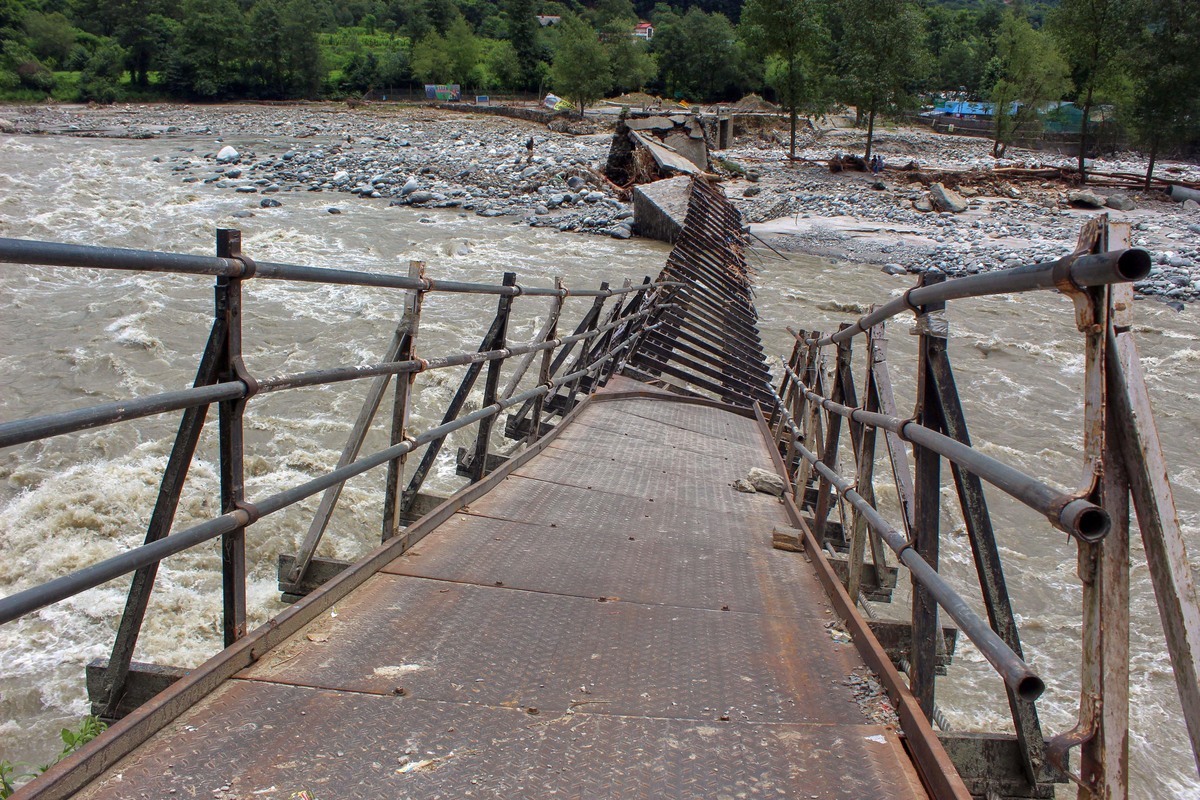To avoid Monsoon catastrophe in future, Himachal Pradesh (HP) has submitted a blueprint to the National Green Tribunal (NGT) that talks about preparing drainage master plans, amendments in the Town and Country Planning Act, restricting construction near khads and nallahs, and notifying new green belts in Shimla.
During a recent hearing, Advocate General Anup Rattan told the NGT that the units indulged in illegal mining have been identified and their operations have been suspended.
“When questioned, it could not be disputed that neither any environmental compensation has been imposed upon identified violators by applying the principle of Polluter Pays nor punitive or preventive action has been taken…,” said the Tribunal.
The NGT made the observation while hearing a case related to the Monsoon catastrophe in HP.
The Tribunal has now pleaded chief secretary, principal secretary Town and Country Planning, ACS/principal secretary, Forest/environment director, Mining/Industries; and Himachal Pradesh Pollution Control Board in the case and directed them to file their responses within two months.
The Department of Town and Country Planning (TCP) has submitted before the NGT that a drainage master plan shall be prepared for all urban centres and rural towns in a phased manner to ensure “effective, efficient and immediate drainage of excessive rainwater”.
The state government is also proposing to make a mandatory provision of inspection at footing level for all buildings in urban areas as well as Planning and Special Areas of HP. Also, for high-risk buildings especially residential, commercial, Industrial, real estate projects and institutional projects, the Geological Investigation Report as well as the detailed Structural Design Report as per BIS codes is being made mandatory at the time of approval.
An amendment in Section 1 of the Himachal Pradesh Town and Country Planning Act, 1977 has been forwarded to the state government. As per the amendment, any building/project i.e. Tourism Unit, Marriage Palace, Industrial Projects, Public/Semi-Public buildings like hospitals, colleges, schools etc. having more than 3 storeys + attic or having plot area more than 1000 sqm. in rural areas will be brought under the provisions of Himachal Pradesh Town and Country Planning Act, 1977.
As most of the damage, loss of life and the property has happened in town and villages located near rivers, khads and nallah, an amendment has been brought in the HP TCP Rules 2014, which now says that the construction shall be allowed at distance of 5 mt and 7 mt from nullah and khad respectively.
In Shimla, eight new green areas have been notified. These include Retreat-78.6 hectare, Mashobra-7.28 hectare, Band Tukda Andri-37.6 hectare, Shiv Mandir Andri-9.71 hectare, Tal and Giri-12.40 hectare, DPF Khalini-27.30 hectare and BCS Mist Chamber-8.68 hectare, Parimahal-1.42 hectare. Now, the overall area under green belts has increased from 414.36 hectares to 597.35 hectares, an increase of over 44 percent. In core area especially in and around Jakhu Hill, the construction has been allowed on only those plots where there are no trees. Even if a single tree is standing on any plot in this specified area, no planning permission shall be granted.
To mitigate earthquake risk, in all planning/special areas of the state, the TCP Department has a mandatory provision of submission of structural stability certificate from the registered structural engineer at the planning permission stage as well as before putting the building into use. To further ensure implementation of safe designs and adequate use of materials during construction at site/ mandatory inspection at the footing stage is being proposed, said the Department.
The issuance of NOC for basic services like electricity and water connections is being linked to the implementation of proper drainage plans and rainwater harvesting provision in individual buildings and projects as well, added the Department.












